Warm hues, vast landscapes, and faces weary with what they have seen – the photography of 26-year-old Seif Amro is a window to a very personal side of Egypt that strikes an unlikely balance between romantic and raw.
A mere six years ago, Amro knew nothing about photography. But once he fell in love with the art, there was no convincing him to do anything else. While his career relies on commercial food, lifestyle, and interior photography, his passion lies in travelling to every nook and cranny of Egypt and documenting the lives and surroundings of Egyptians today.
Egyptian Streets spoke to Amro about his journey into photography and the Egypt he hopes to capture through his lens.

Tell us about your journey with photography. How did it start and what encouraged you to pursue it professionally?
It started in 2016. It was a low point in my life, I felt lost. I was a fitness maniac, but I didn’t have any other hobby, nothing I loved to do. But then I came across a YouTube video by Beautiful Destinations and I discovered that they hire creators and that they make pitches to countries do tourism content for them, sending creators all over the world to show their vision there. So I started looking up the creators and the work they did, and I got so inspired by their ability to use cameras that weren’t that advanced, but still produced incredible work. So I realised I want to do this.
I sold my PlayStation 3 – I loved my PlayStation – saved some money, and bought a new camera. I was so excited about the camera, I spent EGP 8,000 (approximately USD 800 at the time). I didn’t know much about cameras at the time, but it seemed amazing to me.
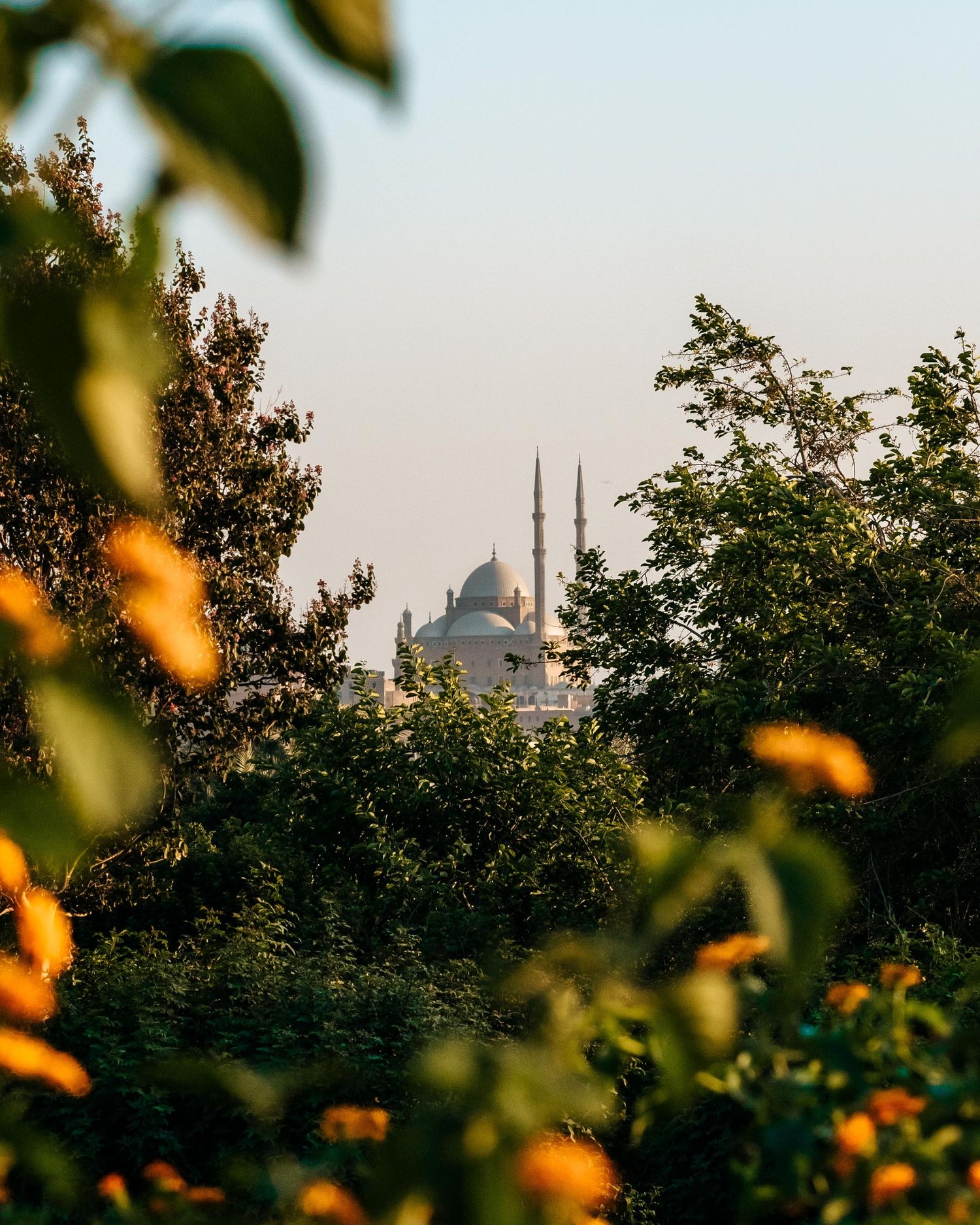
It was really challenging at the start. I had to watch a ton of YouTube videos. I would try to go out there so many times to take photos, but the photos came out horrible, the colours were bad, the exposure was wrong, the shots were shaky. Nowadays I can capture a photo I see in less than five seconds. That came from consistency. I never gave up on constantly practicing. Going out into the streets and shooting.
I didn’t take any courses. I believe that everything is available online, and if there’s a will, there’s a way. I didn’t want to depend on anyone to teach me. I’ve always liked to depend on myself. Bit by bit, I started improving, and I decided I wanted to look for a job. But I had zero connections. So I went on Facebook and I sent messages to a bunch of different pages, offering to shoot for free, so I could make a portfolio. I went to a mini event in a commercial building in Sheikh Zayed City. I took photos, they liked them, and next time they brought me in for a paid gig. I was a generalist, I did photos and video.
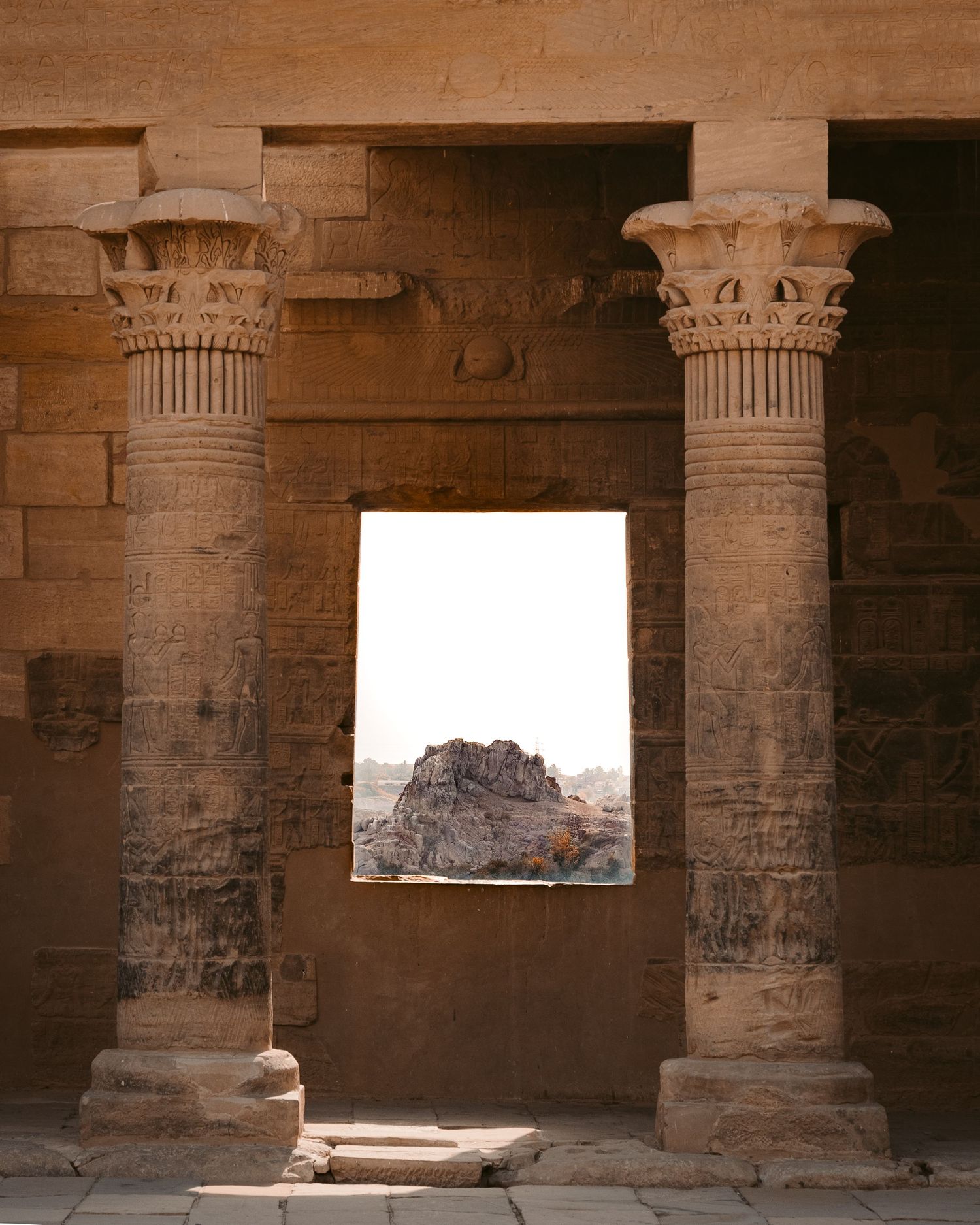
But my love for photography came from candid photography in the streets or outside. It never fails to make me happy. There’s a motive that moves me. Maybe it’s curiosity, adventure, the desire to meet people, they all push me to go out there and take photos. But it’s mainly curiosity. I like going to placed and discover them, take photos, and see how the photos turn out from my perspective. That’s a massive motive. It takes time and consistency to develop the courage to take photos in the street. Of course I faced some trouble at first, you can get into tough spots trying to shoot in Egypt, but with time you get the hang of where you can and where you can’t shoot, and where you’re likely to face any trouble.
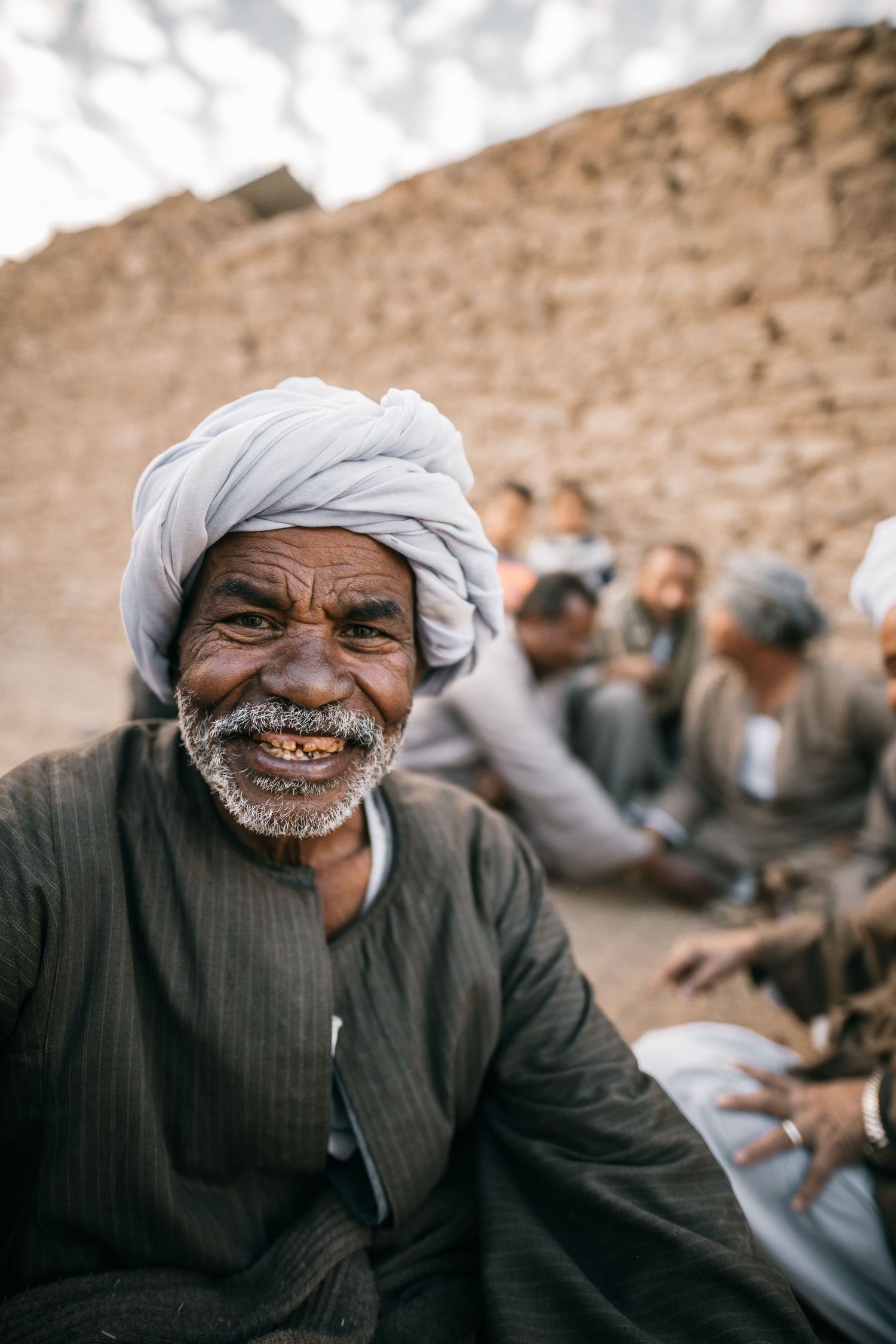
Fast forward some time, I got a job through my Instagram Page at a social media company, which does work for influencers, I really enjoyed my time there and that’s where my career took off. It was a year and a half since I’d started photography, which was really fast progression, I was really lucky. And I feel like this speed shows that if you really love something and invest a lot of time into it, you can make a career in it. It’s not easy, but if you love it, you’ll find yourself learning and improving.

Four years later, after I pursued photography and worked so hard on it, Beautiful Destinations actually came to Egypt and chose three people to show them around in Egypt, and I was one of those three people. So I met the founder, and I got to tell him that he was the reason I was even holding a camera right now. How was this even possible? You know when you see something and you never think it could happen to you, it’s just a dream to strive for…No, it actually happened! And the photograph I took of the co-founder at the pyramids was actually featured on the cover of a magazine in the Philipines. I didn’t just meet the person who was the reason I started photography, I got to shoot a photograph of him, and it ended up on the cover of a magazine. It was one of the biggest moments in my life.
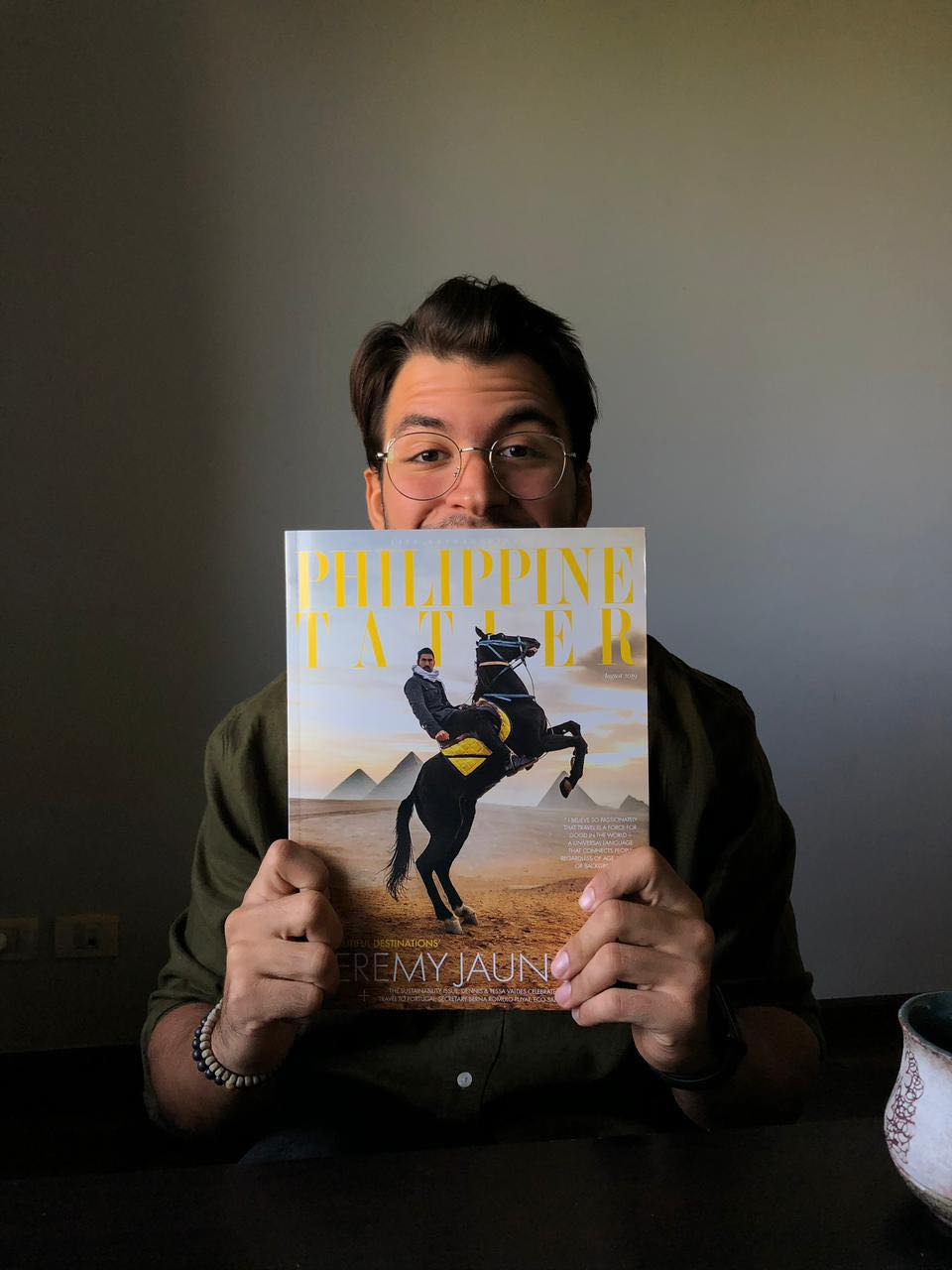
What inspires you in your photography? Is it locations, themes, people, or something entirely different?
There’s a lot that inspires me. Most of the time, it’s my emotions that drive me. When I see something that evokes an emotion, I feel like I have to capture it, regardless of what it’s going to look like. And my emotions affect how the photos turn out. If I’m feeling good, the photos turn out good. If I’m in a bad mood, the photos won’t be good. But if I’m in nature, or a cultural location, I’m always happy, so the photos automatically turn out good. I’m in my happy place, so I create things that make me happy.

I also try to bring places across in the best way possible. For a time, the beautiful places in Egypt didn’t get much coverage or attention. If you Google Egypt, you would just see horrible stock images. There are people who have no idea the pyramids are practically in the city. So what I try to do – and I’m grateful that my page reaches quite a few people abroad – is capture Egypt in the best, but also most accurate way possible.
Take Heliopolis as an example. Foreigners rarely see Heliopolis. So I try to show these parts, in the way that I love. Places like Heliopolis and downtown Cairo are old. They have history. That gives these places so much texture. There are so many details. A simple chair can have history; maybe it’s been there for a hundred years and dozens of porters have sat on it. I don’t like taking photos in the new parts of the city, because the old parts of town are where the details are. It hits different.
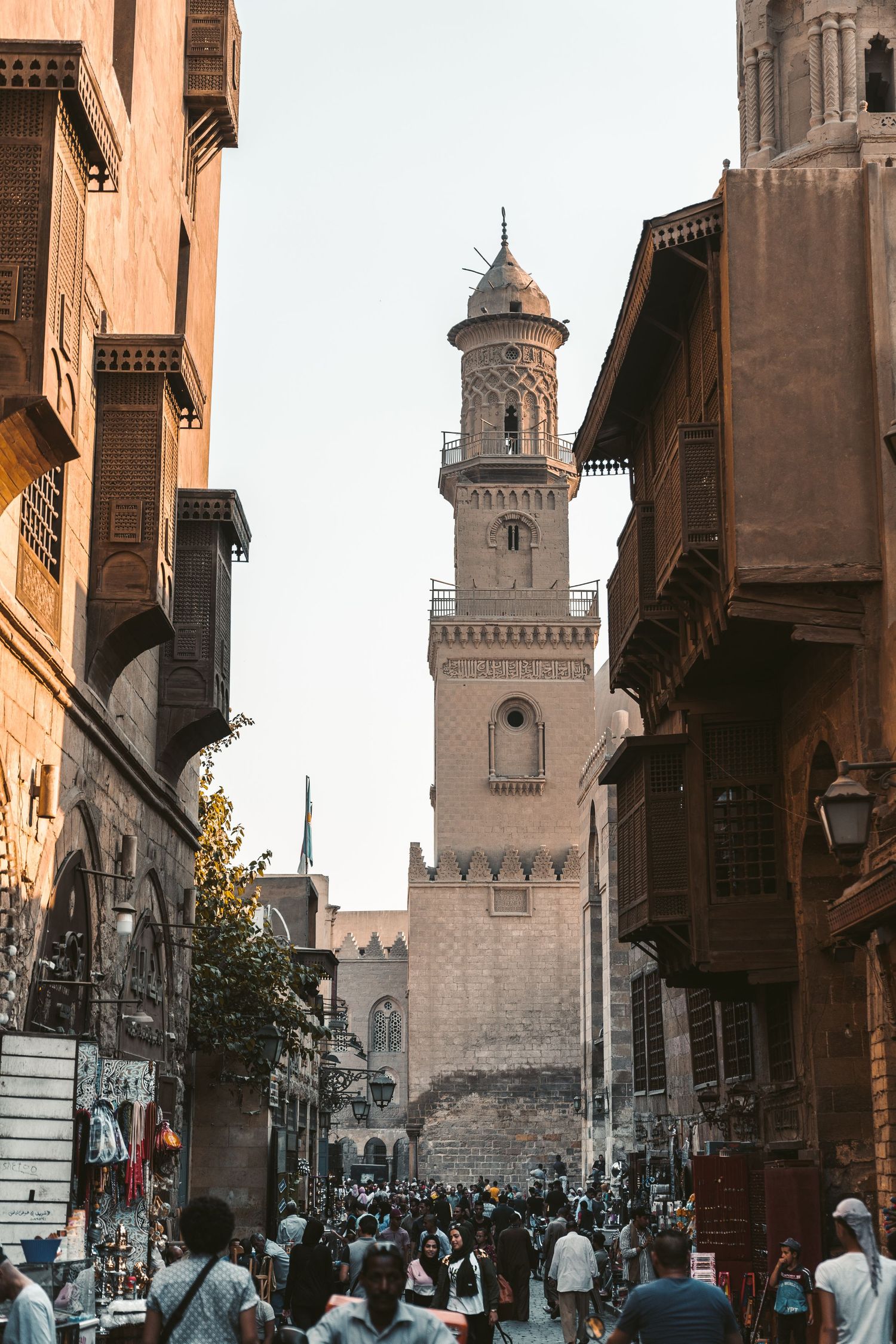
What is your most recent project?
The latest project I worked on was Vintage Egypt, I made this project with an Egyptologist from New York, Colleen Darnell. She’s passionate about Egyptology, and loves to wear very old, vintage clothes. And they’re authentic, the real thing. And she really understands these things, even her home is full of vintage furniture. So we did a project together in 2019 – it’s not really that recent, but it’s my favourite. Each photo has so much life in it, there is intention behind the photos. The photos looked as though they were taken decades ago, but you can see them in high quality in front of you.
We took the photos in the Old Cataract hotel and temples. The project’s theme was so rich, and it was so rich in details. And we got wonderful feedback from people.
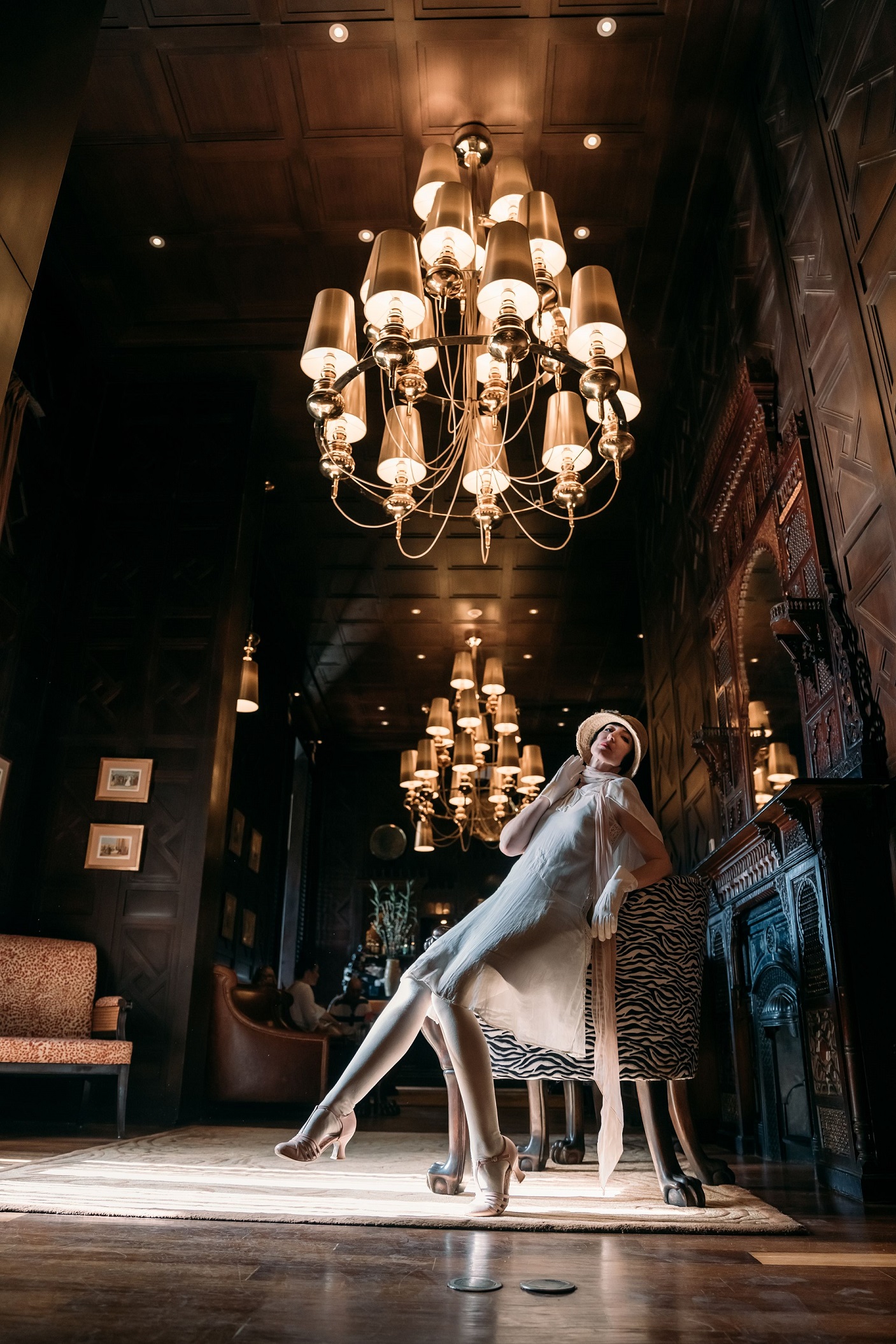
What different parts of Egypt have you travelled to take photos in and what’s your favourite?
I almost went to every part of Egypt, though of course there are some details, smaller areas that I might have missed. But I went to all the most famous areas: Fayyoum, Aswan, Luxor, Siwa, St. Catherine, Dahab, Port Said…I really took the full tour around Luxor and Aswan, every single part of them. I went on a tour in a boat, that included all the islands and everything, we met the people there, got to know how they lived their lives, and document all of it. I loved being able to go to the parts of Luxor and Aswan that weren’t commercial.
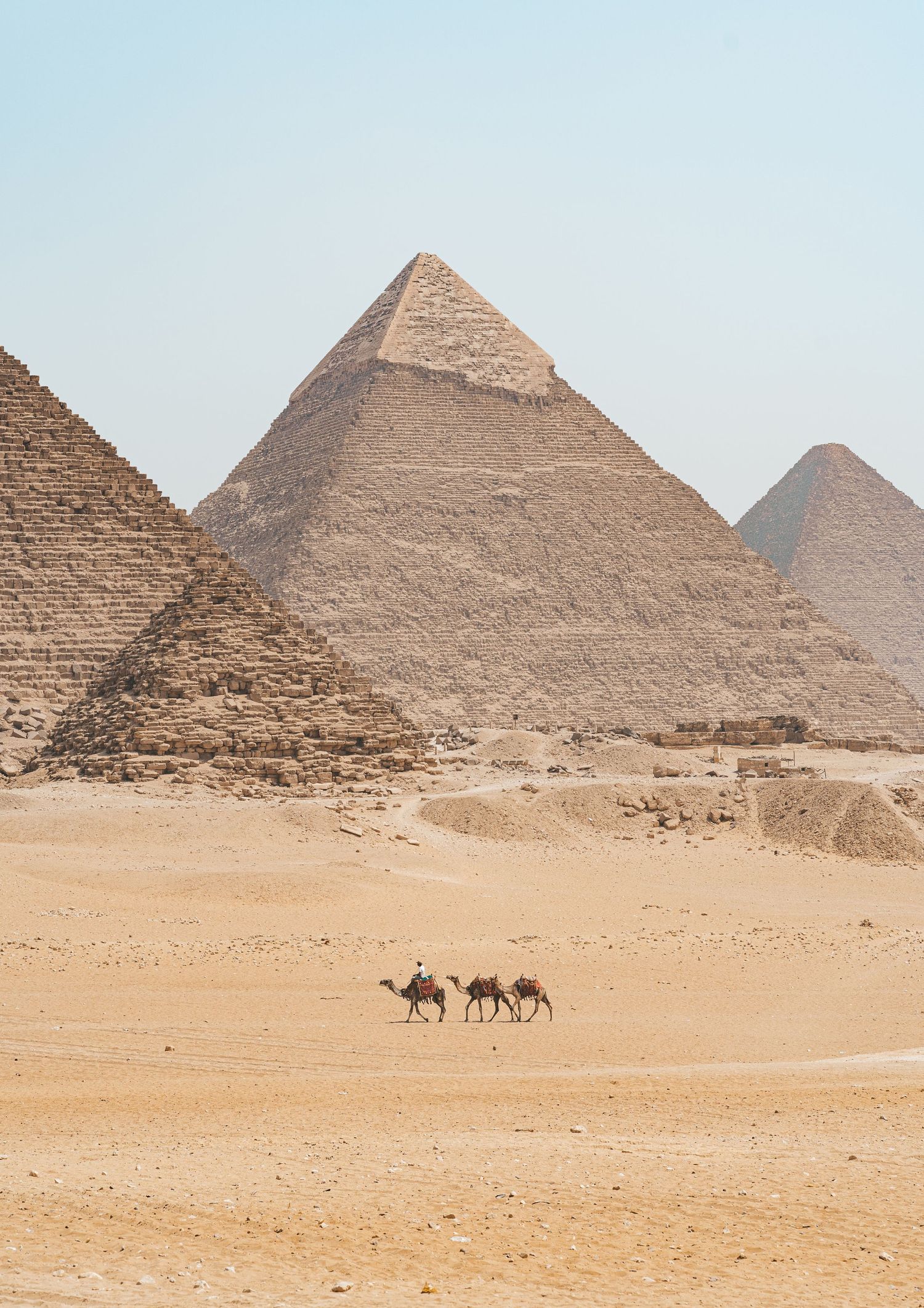
My favourite places are Fayyoum and El Hussein. In Fayyoum it’s not just about the photos I can capture there, but also about the inner peace I find. There’s no pollution, people are less likely to stop you from taking photos – though lately there has been more strictness about licenses, which really frustrates me.
El Hussein is a great place for me to train. It’s one of the places where you no one will bother you when you’re taking photos. It’s the perfect place to work on street photography skills. You can take so many photographs and every time you’ll come out something else. To say that El Hussein is a place rich in details is an understatement. There are details in every face of every person. The mosques, even just the ground. Everything has history. There are small alleyways, and there are people in those alleyways. It’s insane, the amount of richness and details you can find there.
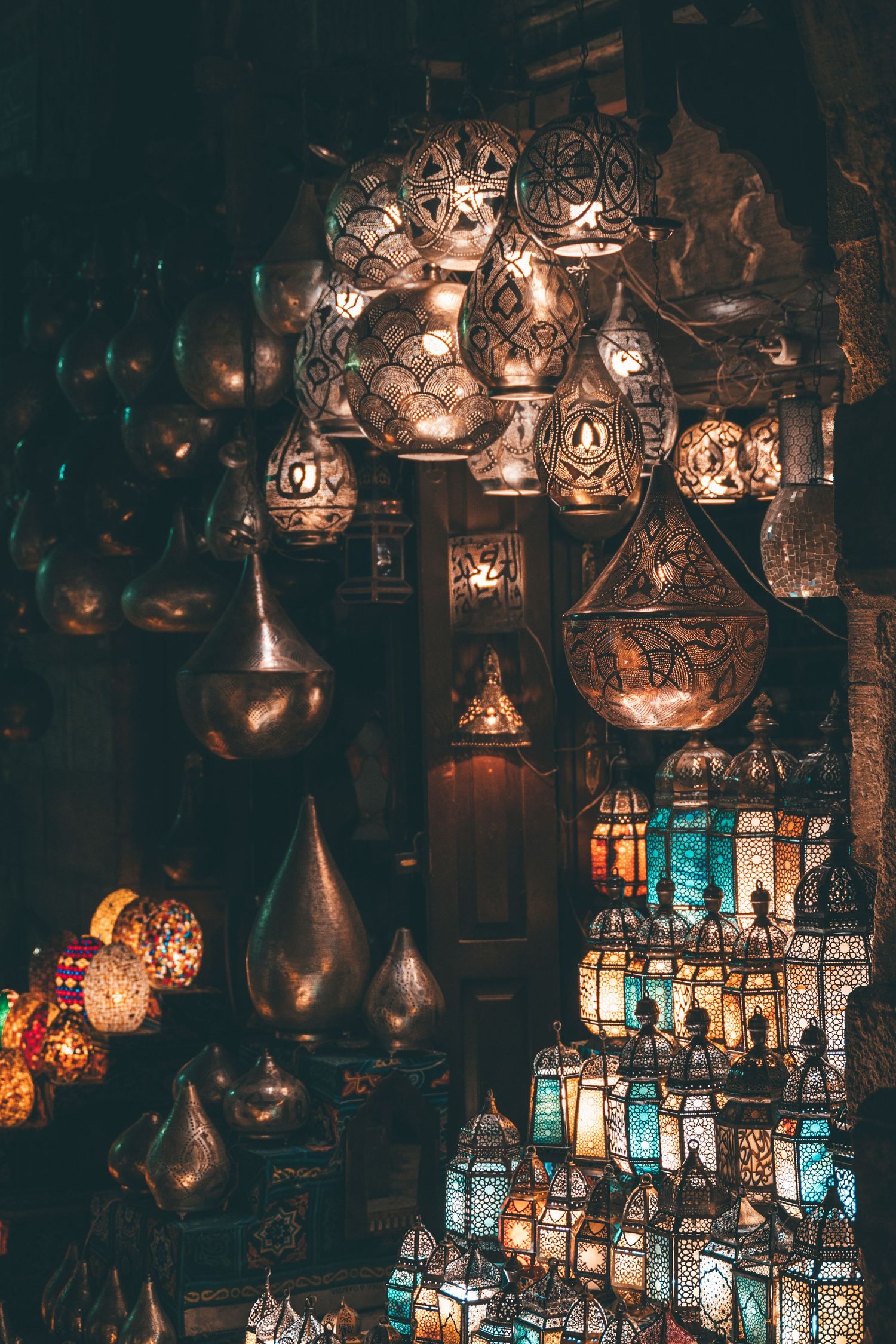
Sometimes people feature in your photographs. What is the significance of that to you? What time of moments do you like to capture people in?
Usually when I photograph a person, I try not to let them know beforehand. There was a photographer once that loved taking photographs of blind people, because, not being able to see him, they wouldn’t adjust themselves for the photographs or fix how they were looking. They were in their natural state. I don’t remember the photographer’s name, but I remember studying him in university, at a time when I didn’t care about photograph at all. But now, his philosophy affects me so much. It’s a huge part of what I do. I didn’t want people to pose. I wanted to take the most authentic photos. The person is not trying to be someone else, they’re being themselves.
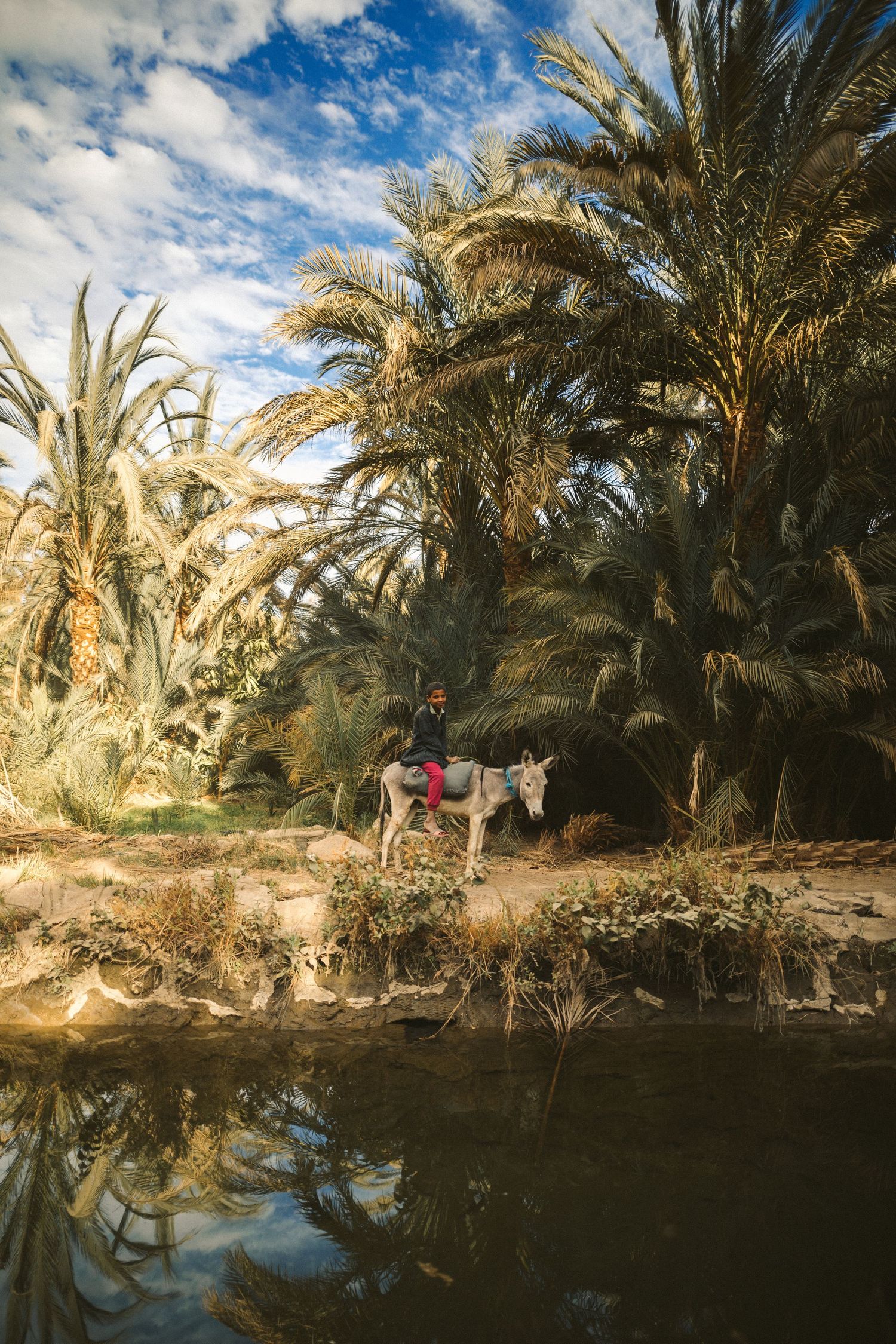
Do you think of what impression of Egypt your photography will leave on people? And what image are you trying to capture of Egypt?
I don’t feel like I want Egypt to be shiny and perfect in the photos. On the contrary, I like to show the reality of things. I don’t want to lie to anyone. I don’t want someone to see photos from me that don’t have traffic and crowds, and then come to Egypt to see traffic and crowds. I like showing the traffic. I want to show the good and the bad. You can see beauty in things that aren’t considered beautiful, if you look at them from a different perspective. For example, you can capture people laughing together in traffic while they’re waiting for the cue of cars to move, so you capture a beautiful moment in something that’s not usually considered as such. So I try to show authenticity and beauty. And the feedback I get is that this is Egypt. I have heard people tell me, “We see Egypt in Seif’s photos”.

Do you think of what impression of Egypt your photography will leave on people?
I don’t feel like I want Egypt to be shiny and perfect in the photos. On the contrary, I like to show the reality of things. I don’t want to lie to anyone. I don’t want someone to see photos from me that don’t have traffic and crowds, and then come to Egypt to see traffic and crowds. I like showing the traffic. I want to show the good and the bad. You can see beauty in things that aren’t considered beautiful, if you look at them from a different perspective. For example, you can capture people laughing together in traffic while they’re waiting for the cue of cars to move, so you capture a beautiful moment in something that’s not usually considered as such. So I try to show authenticity and beauty. And the feedback I get is that this is Egypt. I have heard people tell me, “We see Egypt in Seif’s photos”.

But in the future, I want to be more in depth about what I capture here in Egypt. Most of my photography of people is within the confines of Cairo, but I want to go beyond that. I want to go to other cities, and other part of Egypt and capture the lives of the people living there. That’s actually much harder, because these people not be as open to being photographed as people here. But people want to see how they live their lives, and I’m personally curious about it. Siwa is one of the places where I scratched the surface of that. I was able to document how people there lived their lives, and it was so fascinating to me. I hope I can do that in other, lesser-known parts of Egypt in the future.

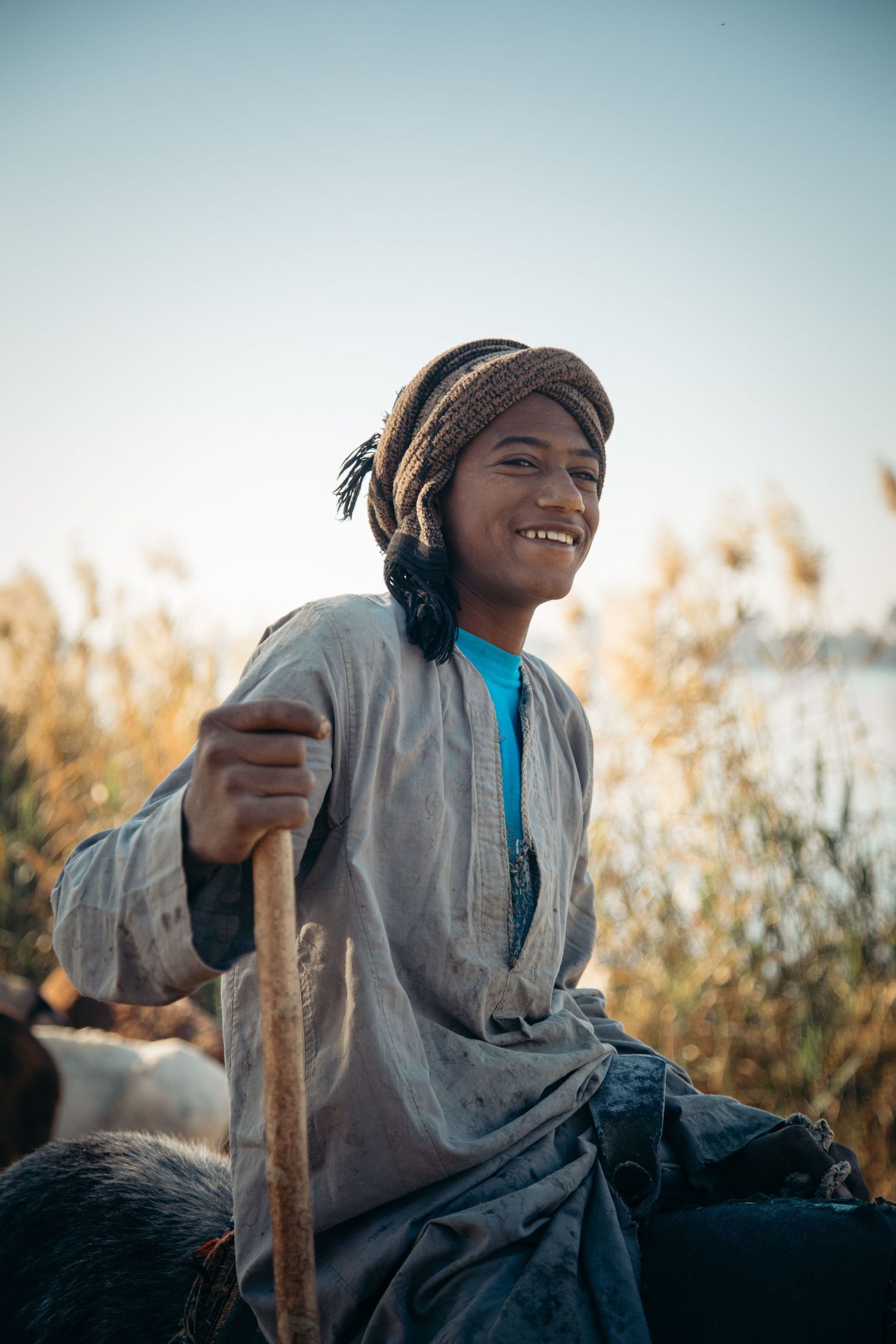





Comments (0)